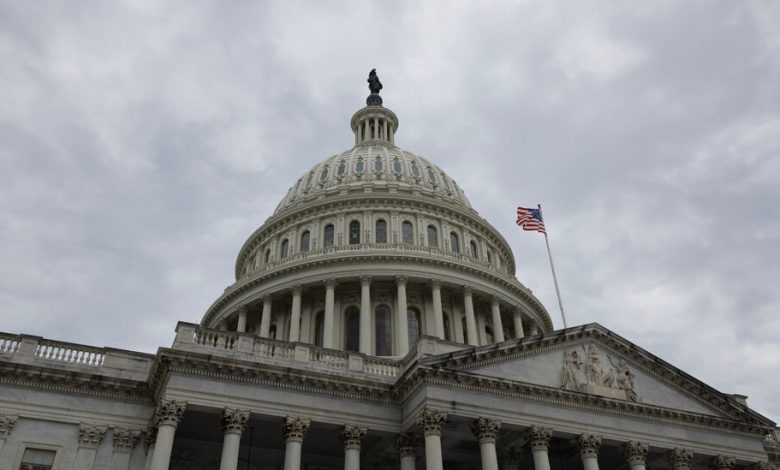U.S. Debt on Pace to Top $56 Trillion Over Next 10 Years

The United States is on pace to add trillions of dollars to its national debt over the next decade, borrowing money more quickly than previously expected, at a time when big legislative fights loom over taxes and spending.
The Congressional Budget Office said on Tuesday that the U.S. national debt is poised to top $56 trillion by 2034, as rising spending and interest expenses outpace tax revenues. The mounting costs of Social Security and Medicare continue to weigh on the nation’s finances, along with rising interest rates, which have made it more costly for the federal government to borrow huge sums of money.
As a result, the United States is expected to continue running large budget deficits, which is the gap between what America spends and what it receives through taxes and other revenue. The budget deficit in 2024 is projected to be $1.9 trillion, up from a forecast earlier this year of $1.6 trillion. Over the next 10 years, the annual deficit is projected to swell to $2.9 trillion by 2034. As a share of the economy, debt held by the public in 2034 will be 122 percent of gross domestic product, up from 99 percent in 2024.
The new projections come as lawmakers are gearing up for a big tax and spending battle. Most of the 2017 Trump tax cuts will expire in 2025, forcing lawmakers to decide whether to renew them and, if so, how to pay for them. The United States will also once again have to deal with a statutory cap on how much it can borrow. Congress agreed last year to suspend the debt limit and allow the federal government to keep borrowing until next January.
Those fights over tax and spending will be taking place at a time when the country’s fiscal backdrop is increasingly grim. An aging population continues to weigh on America’s old-age and retirement programs, which are facing long-term shortfalls that could ultimately result in reduced retirement and medical benefits.
Both Democrats and Republicans expressed concern about the national debt as inflation and interest rates soared over the last few years, but spending has been difficult to corral. The C.B.O. report assumes that the 2017 tax cuts are not extended, but that is highly unlikely. President Biden has said he will extend some of the tax cuts, including those for low- and middle-income earners; and former President Donald J. Trump has said that he will extend all of them if he wins in November. Fully extending the tax cuts could cost around about $5 trillion over 10 years.
